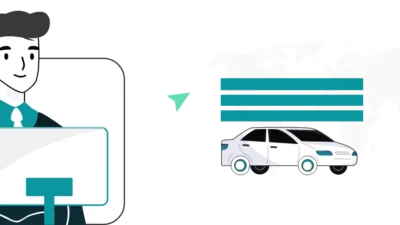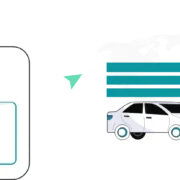As businesses continue to evolve in the dynamic landscape of 2023, the adoption of robust enterprise solutions like SAP has become increasingly crucial. SAP, with its wide array of integrated applications, offers a comprehensive suite of tools to streamline operations, enhance productivity, and drive growth. However, before diving into the world of SAP, it’s essential to understand the various licensing models available, as they can significantly impact your budget and overall cost of ownership.
Understanding the Importance of SAP Licensing Models
When considering the implementation of SAP for your organization, one of the critical decisions you’ll face is selecting the most suitable licensing model. SAP offers multiple licensing options tailored to different business needs, and making the right choice can determine the success of your SAP deployment and its financial feasibility.
Perpetual Licensing Model
The Perpetual Licensing Model is a traditional approach that grants you the right to use SAP software perpetually after a one-time upfront payment. Under this model, you own the software license, providing you with long-term access to the solution. Additionally, you can opt for maintenance and support services, ensuring that your SAP system remains up-to-date with the latest enhancements and patches.
While the Perpetual Licensing Model might appear cost of sap in the long run, the initial upfront investment can be substantial. Therefore, it is crucial to assess your organization’s financial capabilities and future growth plans before choosing this option.
Subscription Licensing Model
The Subscription Licensing Model, also known as the Cloud or SaaS (Software as a Service) model, has gained immense popularity in recent years. With this model, you pay for SAP software on a subscription basis, typically on a monthly or annual basis. This approach offers greater flexibility, as you can easily scale the number of users or features based on your business needs.
Moreover, the Subscription Licensing Model often includes automatic updates and support, reducing the burden on your IT team and ensuring you always have access to the latest SAP innovations.
Indirect Access Licensing Model
Indirect Access Licensing has been a topic of debate and concern for many SAP customers. It refers to situations where non-human users, such as third-party applications or automated processes, access SAP data. SAP requires licensing for these indirect users, which can lead to unexpected costs if not carefully managed.
To navigate this licensing model effectively, it is essential to conduct a thorough audit of your systems and identify potential areas of indirect access. Working closely with SAP experts can help you understand the licensing requirements and ensure compliance without unnecessary expenses.
Conclusion
Selecting the appropriate SAP licensing model is a pivotal decision for your organization’s financial well-being and long-term success with SAP. Careful consideration of factors such as your budget, growth projections, and system requirements will guide you towards the right choice.
The Perpetual Licensing Model offers a sense of ownership and control but demands a substantial initial investment. On the other hand, the Subscription Licensing Model provides flexibility and automatic updates but involves ongoing operational expenses. Lastly, the Indirect Access Licensing Model requires meticulous assessment to prevent unexpected costs due to indirect users.

























Comments